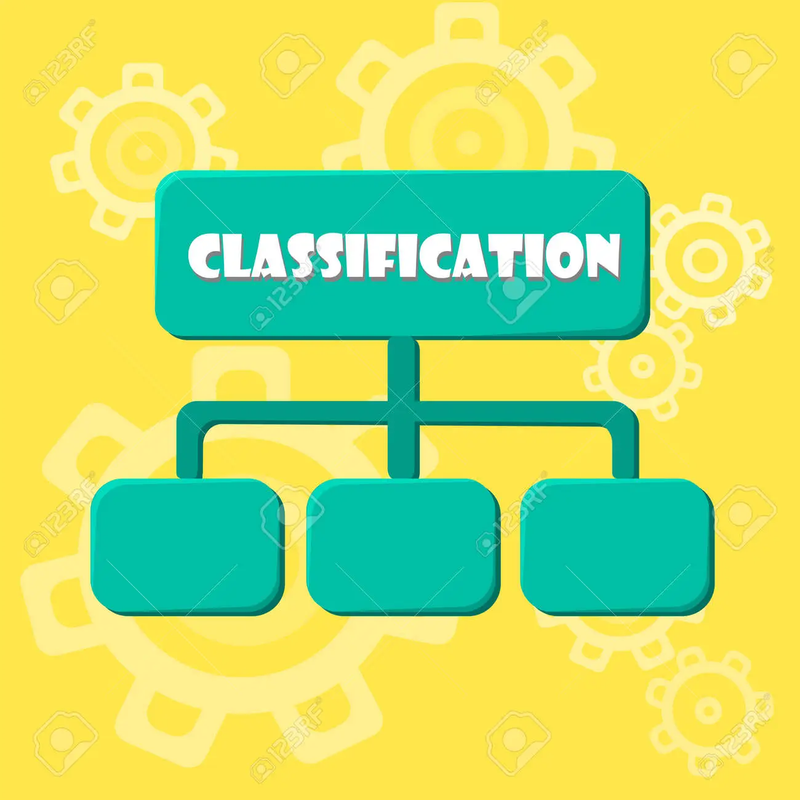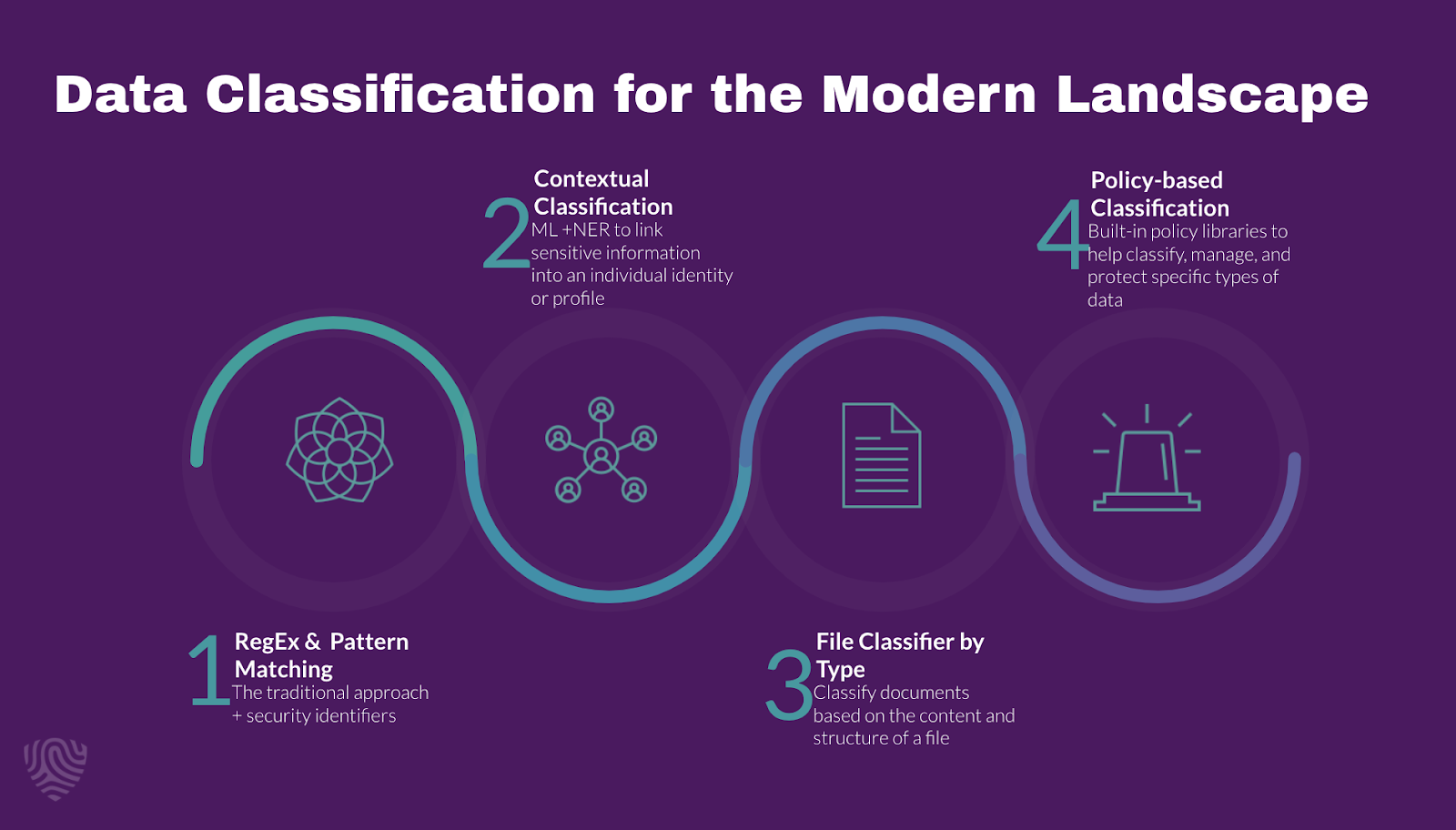Data Clasification


What is Data Classification?
Data classification is all about understanding and organizing data into defined categories and types that are relevant to a specific organization. Classifying data by sensitivity, policy, or other attribute enables organizations to identify, organize, protect, manage, and report on data throughout its lifecycle to meet regulatory compliance and other business needs.
Purpose of Data Classification
Data classification has multiple applications — and is critical to privacy, risk mitigation, security, governance, discovery, and compliance initiatives. With the right technology and automated classification techniques, companies can find and understand all of their data, know where it is located, identify its contents — and ultimately make better decisions around it. Those decisions may affect privacy, security, governance — or all of the above. Regardless of its application, effective data classification is a necessary starting point.
Data classification enables users — without opening or changing any file itself — to determine if the data contains sensitive, critical, personal, confidential, restricted, or otherwise regulated information. This helps organizations answer important questions like:
- where all of their data is stored
- where their most sensitive data resides
- what their data contains
- whose data it is


